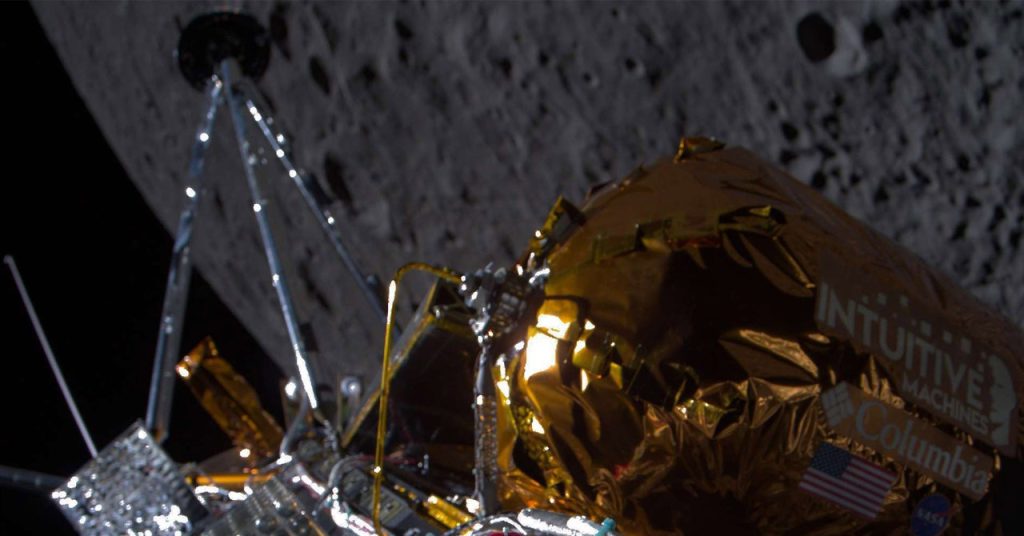Intuitive Machines’ Odysseus Spacecraft Lands on the Moon
A Historic Moment
In a historic feat, Intuitive Machines’ Odysseus spacecraft has successfully completed a soft landing on the lunar surface, marking the first US-built spacecraft to do so in over 50 years. The landing took place near the moon’s south pole, and while there was initial uncertainty about the lander’s condition due to a weak signal, NASA eventually confirmed the mission‘s success.
Overcoming Challenges
The landing attempt faced a significant hurdle when Intuitive Machines discovered that the spacecraft’s navigation lasers and cameras were not functioning properly. These components are crucial for determining the lander’s precise location and identifying potential hazards during descent. Without them, Odysseus risked crashing into the moon’s surface.
Improvising a Solution
Fortunately, the mission carried a scientific payload called the Navigation Doppler Lidar (NDL) experiment, which included three small cameras. In a desperate attempt to salvage the mission, Intuitive Machines quickly developed software to utilize two of the NDL cameras as substitutes for the malfunctioning navigation systems. This ingenious solution was uploaded to the lander just before its critical landing maneuver.
The Descent and Landing
Odysseus began its descent from a circular orbit 57 miles above the moon’s surface, with its main engine powered by liquid oxygen and methane. During the final 11 minutes before touchdown, the improvised terrain-relative navigation camera scanned the surface for potential hazards to ensure a safe landing site.
Tense Moments
After the touchdown, mission controllers anxiously awaited a signal from the lander, which was relaying data back to Earth via large satellite dishes. As the minutes ticked by without any communication, the tension in the mission control room grew. Finally, after 10 nerve-wracking minutes, mission director Tim Crain announced that a faint signal had been received from the lander.
“We’re not dead yet,” said Crain, who is a cofounder of the company.

1 Comment
Let’s just hope NASA remembers where they parked this time, right